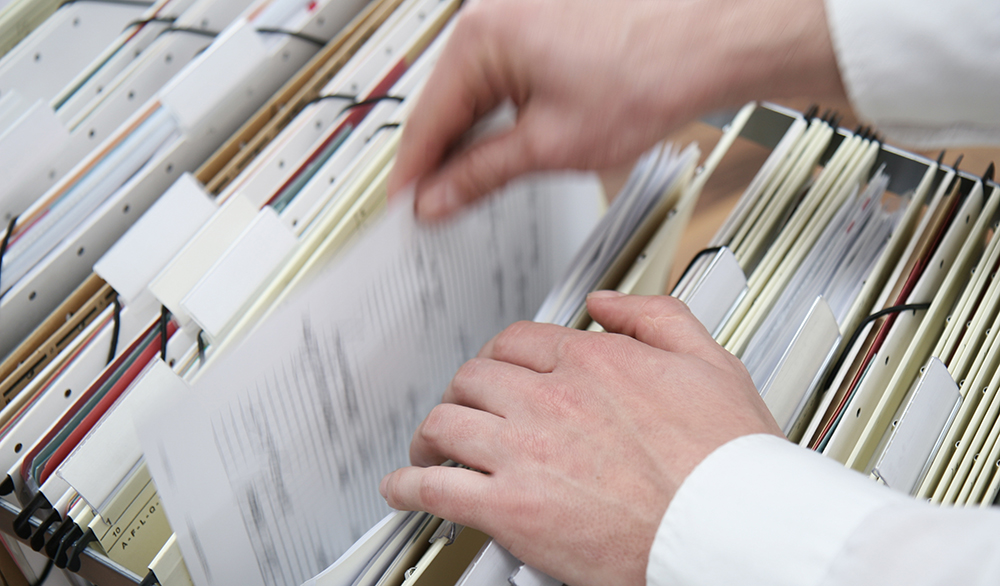The law requires agencies to hold records for a specified period of time before they can be legally destroyed. Record retention schedules help agencies comply with this requirement.
City, county and state governments produce tons of public records every day – on paper, in email, in text messages, on personal devices and more. Managing these records can be challenging.
File Check-Out & Check-In
Document management features such as check out are useful to prevent conflicting edits among users in a collaborative environment. When a file is checked out, no other team members can edit the file until it’s checked back in. This allows the owner of the file to work on it offline or from other machines without worrying about over-writing changes made by other members of the project.
When a document is checked out, the padlock icon appears next to the file name in the Files panel. A local copy of the file is downloaded to the user’s machine. If the file is dependent on other files, those files are also downloaded.
To check a file back in, select the file in the Files panel and click the Check In button. Upon checking in, a new version of the file is uploaded to the library (unless versioning is disabled). The user who checks in the file is prompted for a comment, which can be helpful for record keeping purposes or as an indication that the document has been reviewed.
Indexing & Naming
A vital component of converting physical records into digital files is indexing. This involves arranging information from different sources (assigned fields) to create a path for locating records.
The method used to create the index should match your agency’s business practices and the needs of your staff. For example, you might use a numbering system for case files rather than an alphabetical system for people’s names.
Generally, it is best to start with the indexing that your agency uses in its existing paper files and keep that in place once records are scanned. Changing the indexing after conversion can be confusing and may make it difficult to find records once they are in digital form.
Additionally, it is not realistic to expect patrons unfamiliar with your records and their arrangement to come to the Archives and be turned away because an index does not exist for a particular record. The Archives will need to refer the patron back to their originating agency for that indexing, which is why it is vital to transfer your indexes along with your records into our custody.
Access & Collaboration
When working with collaborators outside the organization it is important to consider permissions. If a collaborator is invited to a folder with collaboration permissions set it overrides any individual user access permissions they have on their own accounts.
It is recommended that collaboration folders be defaulted to Viewer-Uploader access level for ease of use and security. This level prevents a collaborator from accidentally or maliciously deleting files and folders in the collaborative folder. This access level also ensures that the most current version of the file is always uploaded to the collaborative folder, moving previous versions into version history.
It is important to note that a collaborator who has Editor or Co-Owner access can overwrite an existing file with a new version, thereby overwriting any previous versions of the file and eliminating the old versions from the collaboration folder. Therefore, it is recommended that a project owner assign the Viewer-Uploader access level for all collaboration folders.

